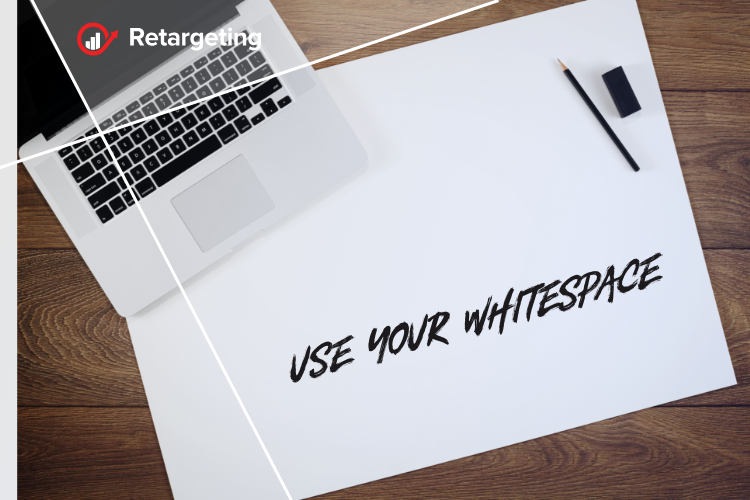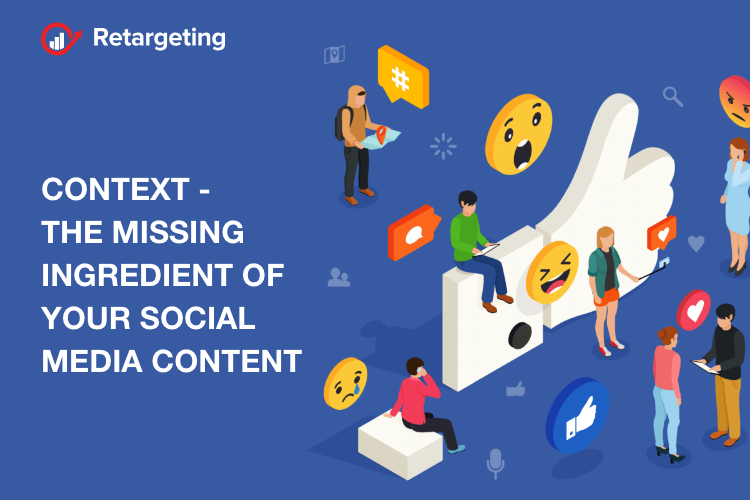With social media engagement hovering below 0.1% and organic social visibility in a continuous decline, social media might not seem like the lucrative marketing channel it once was.
While social media reach may be declining, your customers are still relying on these platforms to help them find information and connect with brands. So, we have to figure out how to reach them in a landscape that’s working against us. We have to make social work for us in a different way.
Part of this starts with the content itself. How do we give our audience something that interests them, that stands out, that captures their attention, all while adhering to character limits? We add context! Here are a few ways you can do just that!
More than a headline
You just copy the post title and throw it into a social update. Easy enough right? The problem with this is it can be so boring! In most cases, it doesn’t sell the post and it certainly doesn’t encourage people to click. Instead of just sharing the headline, consider the following:
- Quotes: Whether it’s a quote shared within the piece or a sentence that captured your attention, use call outs in your update.
- Statistics: Statistics are a great way to make a point and/or support an idea. On top of that, they tend to draw people’s attention. Have a stat within your content that is intriguing? Use that in your social updates.
- Challenges and solutions: Is your content solving someone’s problem? Then lead with that. Tell your audience what the challenge is and how your content is helping to solve it.
- Takeaway: It calls out important points for the reader and ensures even the laziest readers can walk away with something. The same thing applies to social updates. Don’t hesitate to focus on the key takeaways.
Use images in a better way
It’s a well-known fact that we remember images over words and colors can grab attention much better than black and white. The problem is we are often lazy in our image selection. We grab a stock image or the featured blog image and call it a day. How can we use images to add context to our social updates? Here are a few ideas:
- Words: Remember the use quotes/takeaways/stats in your updates from earlier? Take those and make them into images. It’s a great way to catch people’s attention and provide some additional information to your update.
- Motion: Multiple colors for the same product? How can you show your audience those variations in one update? With a GIF! GIFs are fun, they grab attention, and with technology, creating them has never been easier.
- Add a voice: Want to give your users a preview of what they are going to get? Why not talk directly to them? The reality is, this could be done for any type of content and it can be done directly from your phone. Just like GIFs, video doesn’t have to be hard and even subtitles can be done for free.
- Tell a story: Images allow us to tell a story that we might not otherwise be able to tell. They are cute. Use your images to go beyond the normal. Use them to tell the story you want to be told.
- Memes: The web moves quickly and so do memes. While silly, they can be a great way to add context to your social updates. But just like anything else, don’t jump on a meme for the sake of jumping on it. Make sure it works for your brand.

Use your whitespace
One thing I’ve noticed more lately is expanded social updates. They take up more space but don’t necessarily include more words.
Expanded updates allow you to give your followers more information about what you are sharing without overcrowding. They feel purposeful.
- Emojis: They can help you make a point much easier than words. They also stand out. Let’s say you are going to list 3 items. Use the emoji numerals instead of simply writing the numbers 1, 2, 3. It makes the same point but grabs the eye a bit more.
- Know the network: If you are going to create expanded updates, remember that Facebook and LinkedIn will both cut off your update. Put your most important info at the beginning and be mindful of length.
- End with hashtags: Regardless of which network you are posting on if you are going to create an expanded update, move your hashtags to the end. While hashtags can be beneficial to search and add context, they can make an update appear crowded.

